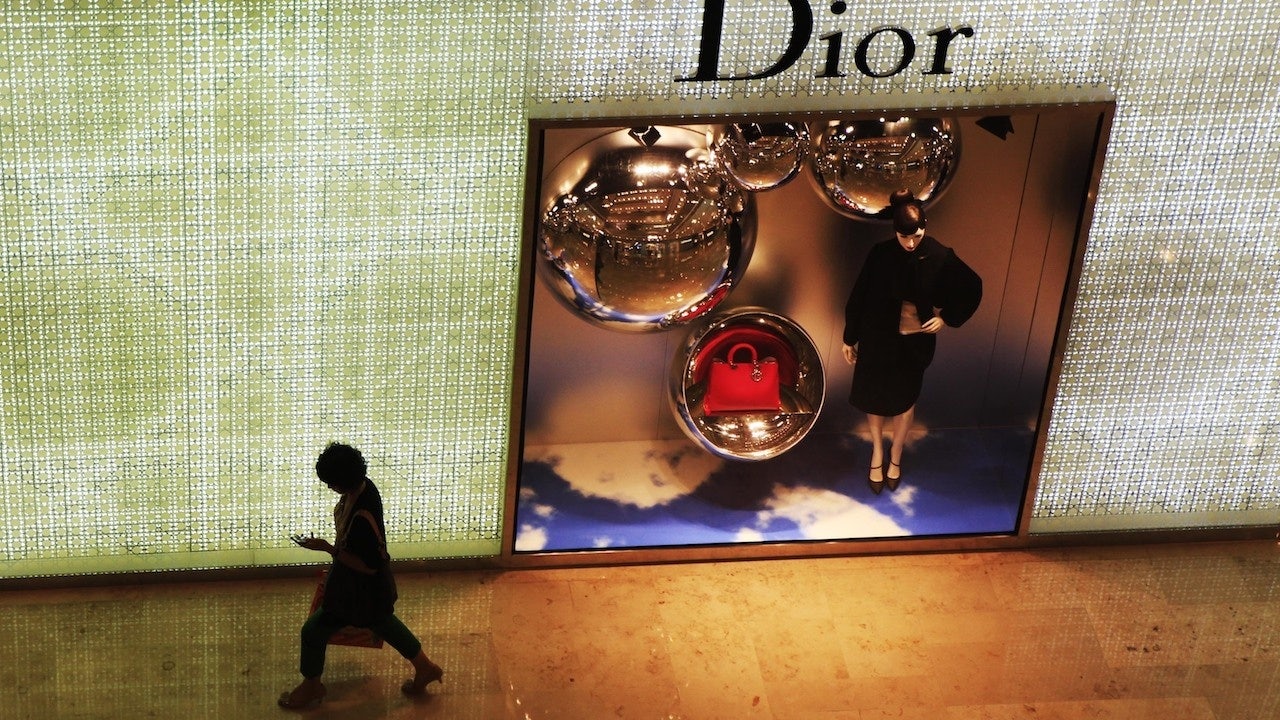Chinese consumers have traditionally been perceived as resistant to used goods. However, this is no longer the case, especially among younger generations who are turning to secondhand luxury for a number of reasons, from price alone to a desire to establish a personal style that pulls from different eras and designers, to a rising passion for sustainability and limiting their carbon footprints.
Meanwhile, as more and more consumers find their wardrobes bursting with unwanted luxury apparel and accessories — the result of an extended global shopping spree over the past decade — China is now both a leading market for new luxury goods and a source of vast quantities of pre-owned items — putting it in a unique position to become a major force in luxury resale.
The rising spending power and market influence of young, digitally native shoppers has powered a sharp increase in the number of online platforms sourcing and selling secondhand luxury items. But challenges remain, from consistent and transparent product authentication to consumer resistance and fierce competition from both Chinese and international platforms.
In the latest edition of the Jing Daily market report series, we delve into the development of the luxury resale market in China, and turn to the opportunities and the risks for brands and international e-commerce platforms, charting where the road ahead may lead in the years to come.
Leveraging China’s Online Luxury Resale Boom addresses many of the key concerns of luxury brands, retailers, and e-commerce platforms when considering resale, such as:
- The top motivators for Chinese consumers to purchase secondhand luxury goods over new items.
- Why long-standing attitudes towards pre-owned goods are changing.
- How mainland China’s luxury resale market differs from those of Japan, South Korea, and Hong Kong.
- The major domestic players in China’s burgeoning secondhand luxury market, and the strategies they use to aggressively seek market share.
- The risks for international luxury resale platforms in China and the competitive advantages they have over local competitors.
Available for purchase on the Jing Daily Reports page, Leveraging China’s Online Luxury Resale Boom is an indispensable resource for any luxury brand or retailer interested in China’s fast-growing secondhand luxury market.
